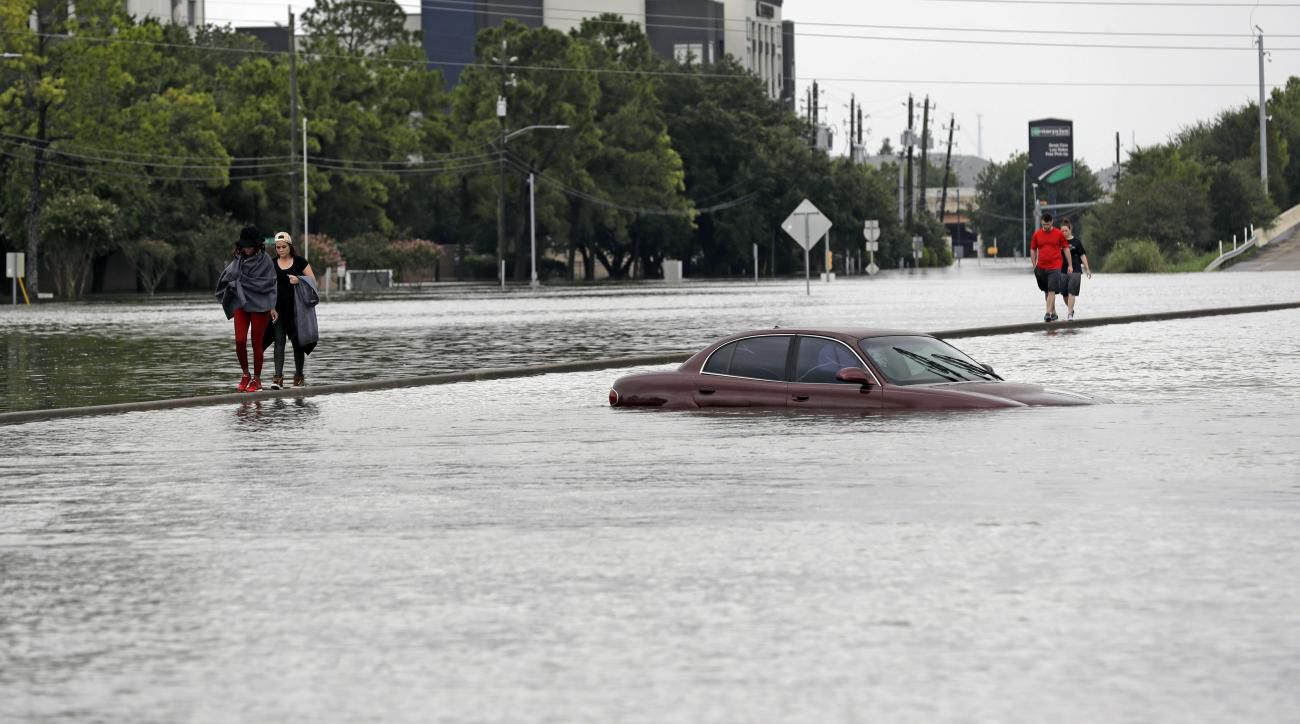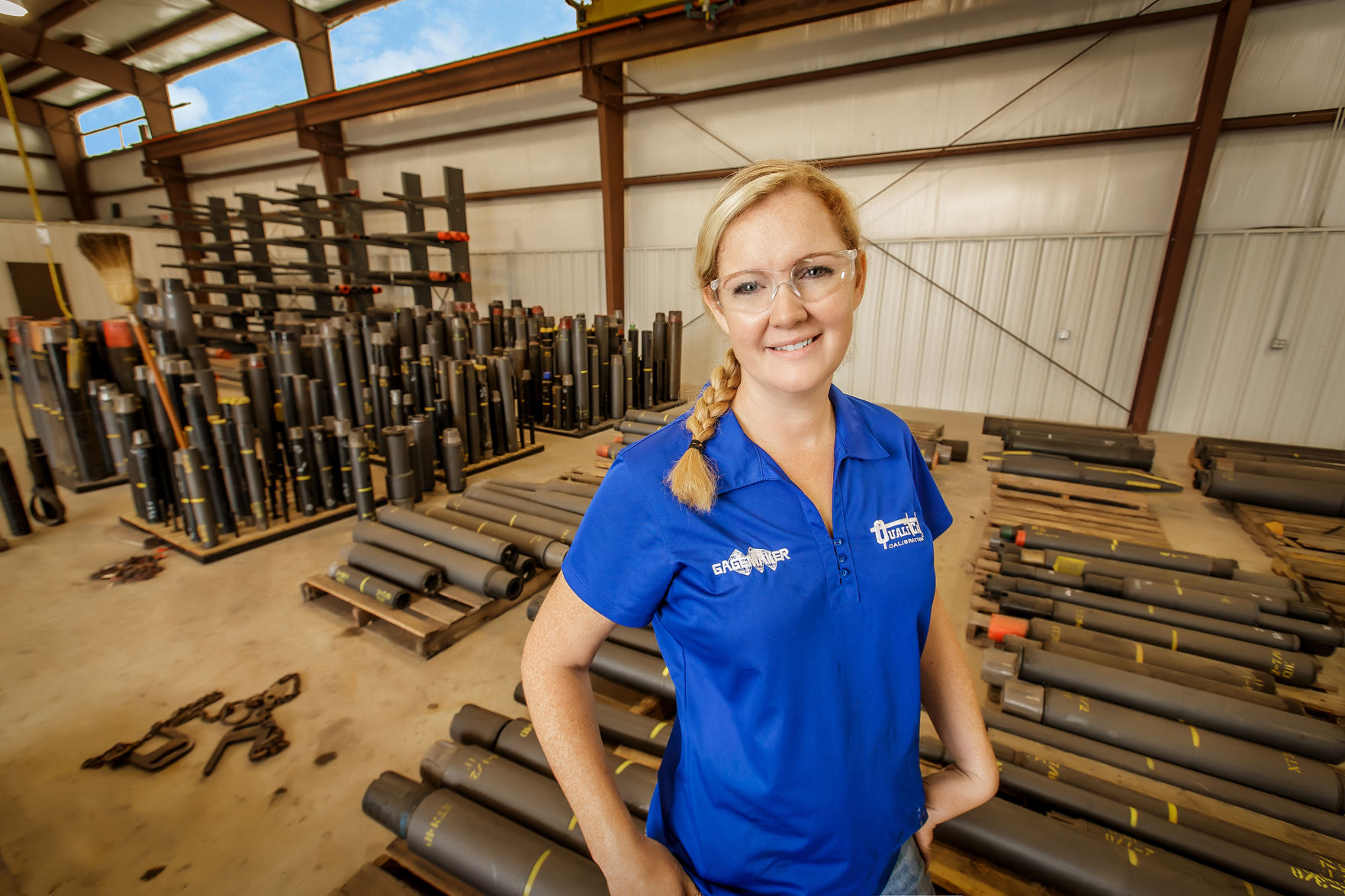
It’s who we are and it’s what we do
September 27, 2017
Tuning the Equipment: QualiCal offers the best in calibration services
September 27, 2017At the start of the recent downturn in global oil prices, experts both inside and out of the industry relied on rig count data to be the grand indicator of how the industry was doing and when we might see signs of recovery from the tough financial times.
When the rig count dropped, industry experts lowered the lights, pulled up a seat right next to B.B. King, and joined in the chorus of “The Thrill is Gone.” As the rig count now increases, the lights shine a little brighter, and in the distance, you can hear Journey’s 1980s anthem, “Don’t Stop Believin’” gradually grow louder as we prepare for potential recovery.
The industry and investors would, and in many cases, do still rely too heavily on rig count activity to be the leading indicator as to where the industry and the market is headed. What needs to be recognized is that an increase in rig activity gives us promising data, but it doesn’t necessarily mean that there are gains in reserves bases or profits made for completing a well for service companies.
It’s not to say that rig activity is somehow off-base or inaccurate, but looking solely to rig count activity gives you a limited view of what might or might not be happening. In order to the get full picture of our future, we need to look at a few different factors that are affecting oil and gas companies. The first is DUCS or drilled uncompleted wells.
DUCS are wells, particularly in shale formations, that have been drilled by producers but have not yet been made ready for production. During the recent oil downturn, new drilling and completion activity decreased and the number of DUCS increased. Right now there are 6,298 DUCS in the lower 48 states. While that might sound like a bad thing, the abundance of uncompleted wells allows the U.S. to not only respond quickly to increases in domestic oil prices, but to respond with force.
The next item to look at when attempting to gauge the health of the oil and gas industry is the location. For instance, North Dakota recently issued allowance of an additional year to defer the completion of uncompleted wells. In some cases, companies will drill to uphold their obligations to secure acreage. However, some companies will not immediately complete the well in hopes that prices will rise and then they can move the well into production.
Some formations are more profitable for the industry at different prices. Back when oil was near $90, the Bakken Formation, located in the North Dakota and Montana area, rig activity trailed that of the Permian and Eagleford Formation. The opposite was true when prices nose-dived. As a result, the reduction in drilling on the Bakken was more severe than that of both Permian and Eagleford formation.
The oil and gas sector has made steady advances in the way of exploration and production. The technology we now use allows companies to perform more thorough work in producing hydrocarbons. According to the co-founder of drillinginfo.com, Mark Nibbelink, “Production flows are nearly double what they were in boom times, and we are now doing it with rig counts that are 40 percent below 2014 levels.” The oil and gas sector is resilient, and we will continue to advance our process and technology as we preserve energy security. As we prepare for the future of our industry, we must take into account all factors when preparing our next moves. •







